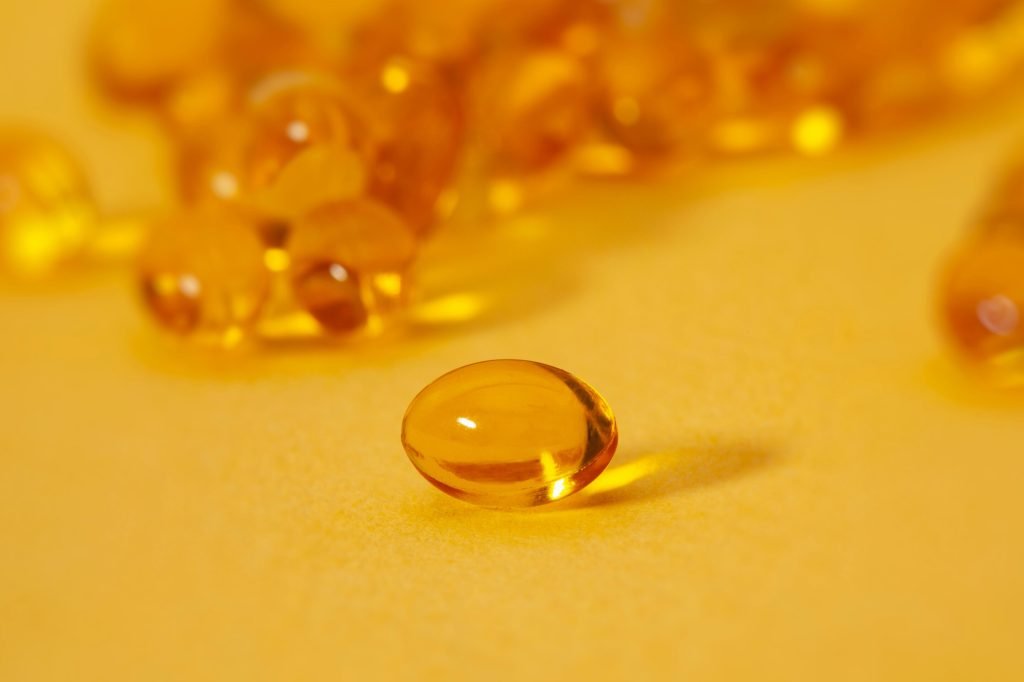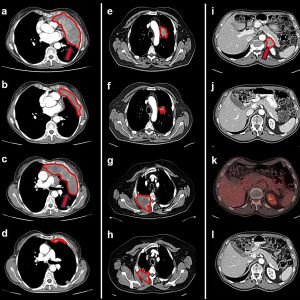
Erasmus University Medical Center researchers in Rotterdam have tracked vitamin D supplementation improvements in bone mineral density among patients with erythropoietic protoporphyria.
Erythropoietic protoporphyria (EPP) is a rare inherited metabolic disorder affecting heme biosynthesis, leading to lifelong painful phototoxic reactions starting in childhood.
To mitigate symptoms, patients vigilantly avoid sun exposure by staying indoors or wearing sun-protective clothing. Minimizing sunlight exposure increases the risk of vitamin D deficiency, a known contributor to early-onset osteoporosis. Previous studies have shown that EPP patients indeed have a high prevalence of low bone mineral density (BMD), with osteopenia and osteoporosis rates well above those in the general population.
Since 2016, afamelanotide, a synthetic analog that enhances eumelanin production, has been available to mitigate EPP symptoms and potentially increase sunlight exposure. However, its impact on BMD has yet to be previously studied.
In the study, “The impact of minimal sunlight exposure on bone health: insights from a cohort study in erythropoietic protoporphyria,” published in The Journal of Clinical Endocrinology & Metabolism, the team wanted to ascertain factors that affect bone mineral density (BMD) in EPP.
The study included 139 EPP patients from the Dutch EPP cohort. Vitamin D status was measured through serum 25-hydroxyvitamin D levels.
Researchers analyzed dual-energy X-ray absorptiometry (DEXA) scans of the lumbar spine and femoral neck to determine Z-scores for BMD. A Z-score compares an individual’s bone density to the average values for a person of the same age and gender demographic.
At baseline, 82.7% of patients had a Z-score below 0 standard deviation, indicating low BMD; 39.5% were classified with osteopenia and 15.3% with osteoporosis.
During the follow-up period, 24.7% of patients showed an increase in BMD, 26.9% a decrease, and 2.2% had mixed changes. Fifty osteoporosis-related fractures occurred in 34.2% of patients, with the wrist being the most common fracture site.
Statistical analysis identified aging with an odds ratio (OR) of 1.08. So, for each additional year of age, the odds of having low BMD increase by 8%, suggesting that older patients are more likely to have lower bone density. Persistent vitamin D deficiency (OR 1.11) and low BMI (OR 0.91) were also identified as factors increasing the odds of low BMD, showing that higher BMI and persistent vitamin D deficiency were associated with decreases in BMD.
Patients with vitamin D deficiency who had not previously received cholecalciferol had the highest likelihood of BMD improvement with vitamin D supplementation (cholecalciferol). Treatment with afamelanotide did not result in significant BMD improvements.
The high prevalence of osteopenia and osteoporosis in EPP patients underscores the importance of continuous vitamin D monitoring and supplementation. These findings also highlight how EPP can be studied as a natural model for the effects of minimal sunlight exposure and vitamin D deficiency on bone health, with significance to lifelong vitamin D sufficiency for the general population.
The study concludes that adequate vitamin D levels are crucial for preventing and improving low BMD in EPP patients.
More information:
Louisa G Kluijver et al, The impact of minimal sunlight exposure on bone health: insights from a cohort study in erythropoietic protoporphyria, The Journal of Clinical Endocrinology & Metabolism (2024). DOI: 10.1210/clinem/dgae729
© 2024 Science X Network
Citation:
Characterizing vitamin D deficiency effects on bone density in a rare metabolic disorder where patients must avoid sun (2024, November 5)
retrieved 5 November 2024
from https://medicalxpress.com/news/2024-11-characterizing-vitamin-d-deficiency-effects.html
This document is subject to copyright. Apart from any fair dealing for the purpose of private study or research, no
part may be reproduced without the written permission. The content is provided for information purposes only.








